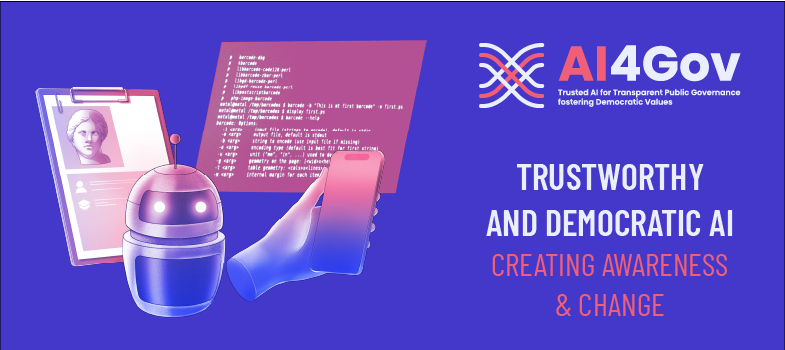Module 4: Explainable AI (XAI)
In Module 4, we cover:
Lesson 4.1: Introduction to Explainable AI
Lesson 4.2: Why Explainability Matters in AI
Lesson 4.3.: XAI Tools and Methods
Lesson 4.4.: Practical Steps for Implementing XAI
Lesson 4.5: Challenges and Future Directions in XAI Implementation
LESSON 4.7: CONSOLIDATING XAI KNOWLEDGE
Short overview of questions and answers to go through and consolidate the gained knowledge.
- What is the difference between model-specific and model-agnostic XAI techniques?
Model-specific XAI techniques are designed to explain the predictions of particular types of models, such as decision trees or linear regression. These methods leverage the inherent characteristics of the model to provide insights into its decision-making process. Model-agnostic XAI techniques, on the other hand, can be applied to any type of model, regardless of its complexity or architecture. These techniques do not depend on the model's internal workings, allowing them to generate explanations for a wide range of machine learning models. Examples of model-agnostic techniques include LIME and SHAP. - Why are local explanations important in XAI?
Local explanations are important because they provide insights into the specific reasons behind an individual prediction made by a model. This granularity allows users to understand the model's behavior in particular cases, helping to identify biases, validate decisions, and build trust in the model. Local explanations are crucial in high-stakes situations, such as healthcare or finance, where understanding the reasoning behind a decision can have significant implications for individuals. - Give an example of how LIME can be used in a high-stakes industry.
In healthcare, LIME can be utilized to explain why a machine learning model flagged a patient as high-risk for a specific disease. For instance, if an AI system predicts that a patient is likely to develop diabetes, LIME can highlight the most influential features (such as age, BMI, and family history) that contributed to that prediction. This allows healthcare professionals to interpret the model's decision and consider the relevant factors when making clinical decisions or recommendations. - Explain one challenge associated with implementing XAI in AI systems.
One challenge of implementing XAI in AI systems is the trade-off between accuracy and interpretability. While simpler, interpretable models may provide clear insights into their decision-making processes, they often lack the predictive power of more complex models, such as deep learning algorithms. Striking the right balance is essential, as stakeholders may require both high accuracy in predictions and understandable explanations for how those predictions are derived. - Why is it essential to balance accuracy and interpretability in XAI?
Balancing accuracy and interpretability is essential because stakeholders need to trust and understand AI systems, especially in critical applications where decisions can significantly impact individuals' lives. If a model is highly accurate but lacks interpretability, users may be skeptical of its predictions and less likely to adopt it. Conversely, if a model is interpretable but not accurate, it may lead to poor decision-making. Achieving a balance ensures that AI systems are both effective in their predictions and transparent in their reasoning, fostering trust and accountability.
You're almost at the finish line! Module 4 is complete. Only Quiz 4 left to complete the course. Keep up the good work, you're doing great!
